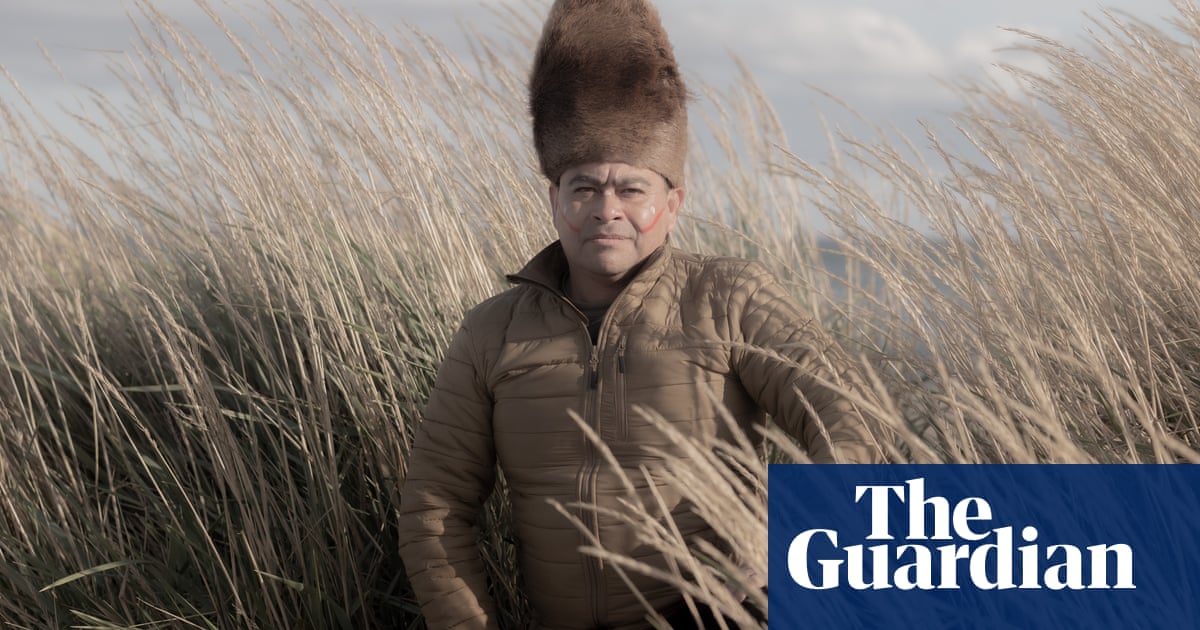
ne cannot live a single day in Israel-Palestine without the sense that this place is constantly being engineered to privilege one people, and one people only: the Jewish people. Yet half of those living between the Jordan River and the Mediterranean Sea are Palestinian. The chasm between these lived realities fills the air, bleeds, is everywhere on this land.
I am not simply referring to official statements spelling this out – and there are plenty, such as prime minister Benjamin Netanyahu’s assertion in 2019 that “Israel is not a state of all its citizens”, or the “nation state” basic law enshrining “the development of Jewish settlement as a national value”. What I am trying to get at is a deeper sense of people as desirable or undesirable, and an understanding about my country that I have been gradually exposed to since the day I was born in Haifa. Now, it is a realisation that can no longer be avoided.
Although there is demographic parity between the two peoples living here, life is managed so that only one half enjoy the vast majority of political power, land resources, rights, freedoms and protections. It is quite a feat to maintain such disfranchisement. Even more so, to successfully market it as a democracy (inside the “green line” – the 1949 armistice line), one to which a temporary occupation is attached. In fact, one government rules everyone and everything between the river and the sea, following the same organising principle everywhere under its control, working to advance and perpetuate the supremacy of one group of people – Jews – over another – Palestinians. This is apartheid.
There is not a single square inch in the territory Israel controls where a Palestinian and a Jew are equal. The only first-class people here are Jewish citizens such as myself, and we enjoy this status both inside the 1967 lines and beyond them, in the West Bank. Separated by the different personal statuses allotted to them, and by the many variations of inferiority Israel subjects them to, Palestinians living under Israel’s rule are united by all being unequal.
Unlike South African apartheid, the application of our version of it – apartheid 2.0, if you will – avoids certain kinds of ugliness. You won’t find “whites only” signs on benches. Here, “protecting the Jewish character” of a community – or of the state itself – is one of the thinly veiled euphemisms deployed to try to obscure the truth. Yet the essence is the same. That Israel’s definitions do not depend on skin colour make no material difference: it is the supremacist reality which is the heart of the matter – and which must be defeated.
Until the passage of the nation state law, the key lesson Israel seemed to have learned from how South Africa’s apartheid ended was to avoid too-explicit statements and laws. These can risk bringing about moral judgments – and eventually, heaven forbid, real consequences. Instead, the patient, quiet, and gradual accumulation of discriminatory practices tends to prevent repercussions from the international community, especially if one is willing to provide lip service to its norms and expectations.
This is how Jewish supremacy on both sides of the green line is accomplished and applied.
We demographically engineer the composition of the population by working to increase the number of Jews and limit the number of Palestinians. We allow for Jewish migration – with automatic citizenship – to anywhere Israel controls. For Palestinians, the opposite is true: they cannot acquire personal status anywhere Israel controls – even if their family is from here.
We engineer power through the allocation – or denial – of political rights. All Jewish citizens get to vote (and all Jews can become citizens), but less than a quarter of the Palestinians under Israel’s rule have citizenship and can thus vote. On 23 March, when Israelis go and vote for the fourth time in two years, it will not be a “celebration of democracy” – as elections are often referred to. Rather, it will be yet another day in which disfranchised Palestinians watch as their future is determined by others.
We engineer land control by expropriating huge swaths of Palestinian land, keeping it off-limits for their development – or using it to build Jewish towns, neighbourhoods, and settlements. Inside the green line, we have been doing this since the state was established in 1948. In East Jerusalem and the West Bank, we have been doing this since the occupation began in 1967. The result is that Palestinian communities – anywhere between the river and the sea – face a reality of demolitions, displacement, impoverishment and overcrowding, while the same land resources are allocated for new Jewish development.
And we engineer – or rather, restrict – Palestinians’ movement. The majority, who are neither citizens nor residents, depend on Israeli permits and checkpoints to travel in and between one area and another, as well as to travel internationally. For the two million in the Gaza Strip travel restrictions are the most severe – this is not just a Bantustan, as Israel has made it one of the largest open-air prisons on Earth.
Haifa, my birth city, was a binational reality of demographic parity until 1948. Of some 70,000 Palestinians living in Haifa before the Nakba, less than a 10th were left afterwards. Almost 73 years have passed since then, and now Israel-Palestine is a binational reality of demographic parity. I was born here. I want – I intend – to stay. But I want – I demand – to live in a very different future.
The past is one of traumas and injustices. In the present, yet more injustices are constantly reproduced. The future must be radically different – a rejection of supremacy, built on a commitment to justice and our shared humanity. Calling things by their proper name – apartheid – is not a moment of despair: rather, it is a moment of moral clarity, a step on a long walk inspired by hope. See the reality for what it is, name it without flinching – and help bring about the realisation of a just future.












